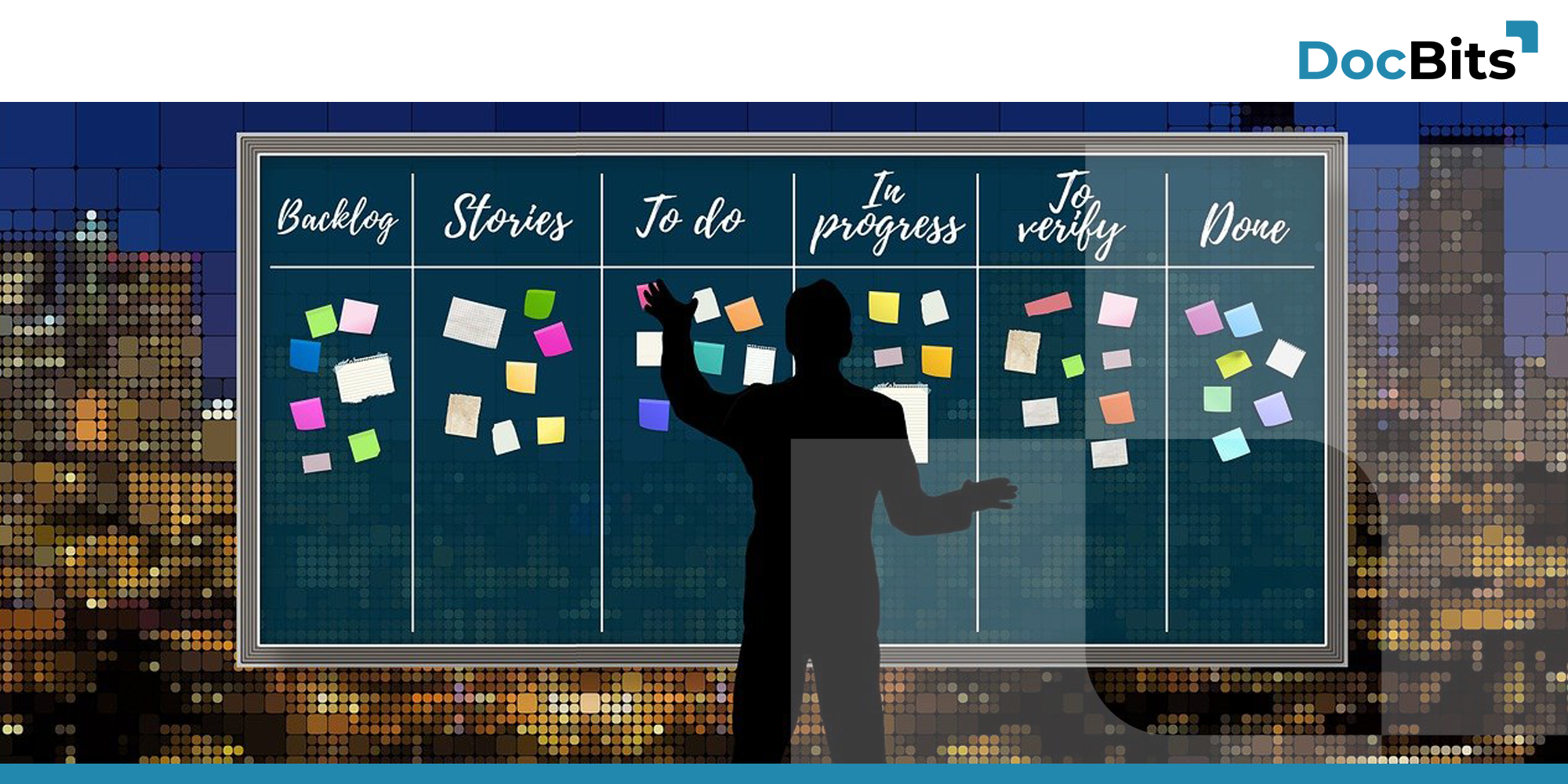I think everyone has had to experience defeat at some point in their life, be it professionally or privately. Often, the tasks simply cannot be completed in the given time frame. To counteract, good task management is required in order to not lose track of tasks and deadlines. But what exactly does task management entail?
Task management includes planning, managing, monitoring and, of course, the implementation of tasks / task requirements. It is therefore important that tasks are formulated, assigned and documented in a clear, unambiguous and understandable manner. In the best case scenario, tasks can be processed without further enquiries, where the traceability is also given. Task management therefore provides a precise overview of who has to do what until when. The aim is to carry out all of the tasks in the correct order and prioritization, to complete them on time and to work as efficiently as possible.
There are different task management methods, such as the Eisenhower principle, Kanban Board, Getting Things Done, or workflow automation. Which method to use is individual preference.
More and more frequently, we encounter terms such as digitization, automation, artificial intelligence or machine learning, and in connection with task management, there is often talk about #work automation or automatic workflows. But what is that exactly?
Simply put, a workflow that automates business processes. In DocBits, a simple and intelligent document processing system, a workflow can be the task of approving or releasing an invoice, for example. By automating business processes, you can make faster and smarter decisions.

Share: